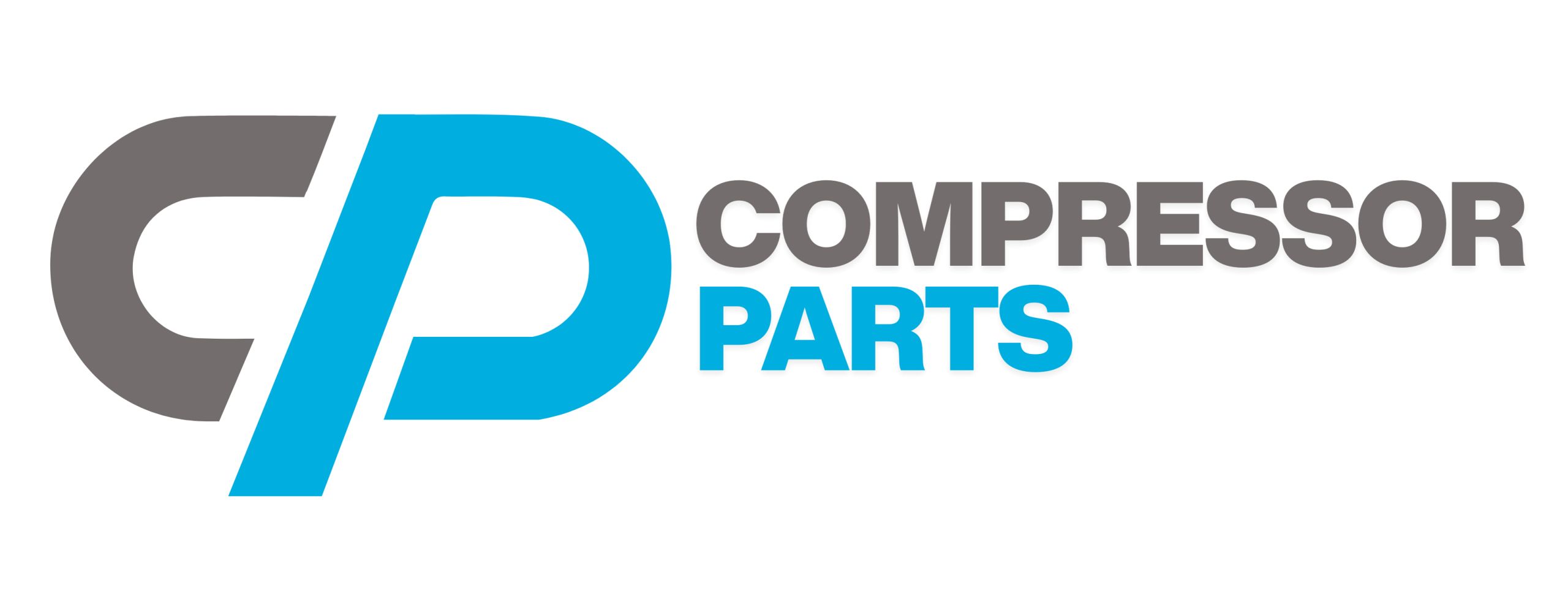Compressor Safety Checklist for UK Workshops
Air compressors are high-pressure systems that must be operated safely to protect staff and equipment. Whether you use an ABAC piston compressor in a small garage or an Atlas Copco screw unit in an industrial plant, regular safety checks are essential. This checklist helps UK workshop owners stay compliant with PUWER and PSSR (Pressure Systems Safety Regulations) while keeping machines reliable and efficient.

1. Legal Framework in the UK
The PSSR 2000 and PUWER 1998 regulations require all pressure systems to be maintained in a safe condition. Employers must have a Written Scheme of Examination (WSE) for any vessel over 250 bar-litres, plus documented inspections by a competent person at defined intervals.
2. Key Responsibilities
- Owners/Employers – ensure maintenance, inspection & record-keeping.
- Operators – perform daily visual and functional checks.
- Service Providers – carry out scheduled servicing and statutory inspections.
3. Daily Checks (Operator)
- ✅ Check oil level and look for leaks around sight-glass and fittings.
- ✅ Drain condensate from receiver or verify auto-drain operation.
- ✅ Listen for unusual noises – rattling, knocking, whine or air leaks.
- ✅ Confirm pressure gauges read normally and no rapid fluctuations occur.
- ✅ Inspect power cable, plug and isolator for damage or overheating.
- ✅ Ensure ventilation grilles are clear and ambient temp < 35 °C.
4. Weekly Checks (Maintenance Technician)
- 🔧 Check belt tension and alignment (if applicable).
- 🔧 Inspect intake filter – clean or replace if dusty.
- 🔧 Test safety valve: pull ring to confirm pressure release and reseating.
- 🔧 Check for oil or water leaks on pipe joints and receiver drains.
- 🔧 Wipe dust from coolers and confirm fan rotation direction.
5. Monthly Checks
- 🧾 Review running hours and schedule next service at 2 000 h intervals (screw) or 250 h (piston).
- 🧾 Check differential pressure across filters – replace if > 0.5 bar.
- 🧾 Verify auto-drain timer and solenoid function.
- 🧾 Inspect electrical terminals for tightness and signs of overheating.
6. Annual Checks (Competent Person)
- 🧯 Examine receiver internally for corrosion, pitting or weld cracks.
- 🧯 Hydrostatic or ultrasonic test as required by the Written Scheme of Examination.
- 🧯 Calibrate safety valve and pressure gauges.
- 🧯 Check electrical insulation and earth continuity.
- 🧯 Confirm compliance labels and records are legible and up-to-date.
7. Safety Devices to Inspect
| Device | Function | Test Frequency |
|---|---|---|
| Safety Valve | Prevents over-pressure by releasing air | Weekly test / Annual calibration |
| Pressure Gauge | Displays system pressure | Monthly check / Replace if inaccurate |
| Non-Return Valve | Stops back-flow to compressor | Annual inspection |
| Drain Valve | Removes condensate & oil mix | Daily or auto-drain test |
| Temperature Switch | Trips on high temperature | Every service interval |
8. Pressure Relief and Control Settings
Confirm maximum working pressure does not exceed the design pressure of the receiver. Set cut-in/cut-out pressures correctly—typically 7 / 10 bar for workshop use. Avoid tampering with factory set safety valves.
9. Electrical and Start-Up Safety
- Ensure isolator and MCB match the compressor’s rating.
- Check phase rotation for three-phase units before first start.
- Never bypass pressure switches or thermal overloads.
- Allow motor to reach speed before loading starts (screw compressors).
10. Air Quality and Breathing Air Applications
Where compressed air contacts food or breathing systems, use oil-free compressors or fit multi-stage filters meeting ISO 8573-1 Class 0/1. Replace filters and dryer cartridges annually or per OEM schedule.
11. Condensate Disposal and Environmental Compliance
UK environmental law prohibits discharging oily water to drains. Install an oil-water separator and replace filter elements every 12 months. Store used oil and filters in sealed containers for licensed collection.
12. Fire and Explosion Prevention
- Keep the area free from flammable materials and dust.
- Do not spray solvents or paint near the intake.
- Maintain clean coolers to avoid oil carbonisation above 120 °C.
- Install CO₂ or dry-powder extinguishers nearby.
13. Training & Signage
- All operators should receive basic training in compressor operation and emergency shut-down.
- Display operating instructions and emergency contacts beside the unit.
- Mark high-pressure lines with standard compressed-air labels (BS1710 colours).
14. Record Keeping and Documentation
Maintain a log including installation date, serial number, pressure rating, oil type and inspection history. Keep service reports and Written Scheme of Examination certificates readily available for HSE inspection.
15. Emergency Procedures
- Shut off electrical supply using isolator in case of abnormal noise or smoke.
- Do not open fittings under pressure.
- Evacuate area if receiver leak or burst is suspected.
- Call competent service engineer before restart.
16. Safety Checklist Summary
| Frequency | Key Tasks |
|---|---|
| Daily | Check oil level, drain condensate, inspect for leaks & noise |
| Weekly | Test safety valve, clean filters, inspect belts & coolers |
| Monthly | Review hours, replace filters if needed, check electrics |
| Annually | Full service + receiver inspection under PSSR |
17. Useful Accessories
- Compressor Service Kits & Filters
- Automatic Drain Valves
- Safety Valves & Gauges
- Anti-Vibration Mounts
18. Key Takeaways
- Safety valves and drains must be tested regularly.
- Maintain a Written Scheme of Examination for systems > 250 bar-litres.
- Keep records and certificates for HSE audits.
- Training and good housekeeping prevent most incidents.
FAQs
Do I need a Written Scheme for a small workshop compressor?
Only if the product of pressure (bar) × volume (litres) exceeds 250. Smaller systems still require safe operation and maintenance records.
How often should a receiver be inspected?
Typically every 12 months by a competent person under the WSE.
Can I test a safety valve myself?
Yes, for weekly function tests only – pull the ring to ensure it releases and reseats. Calibration must be done by a certified engineer.
